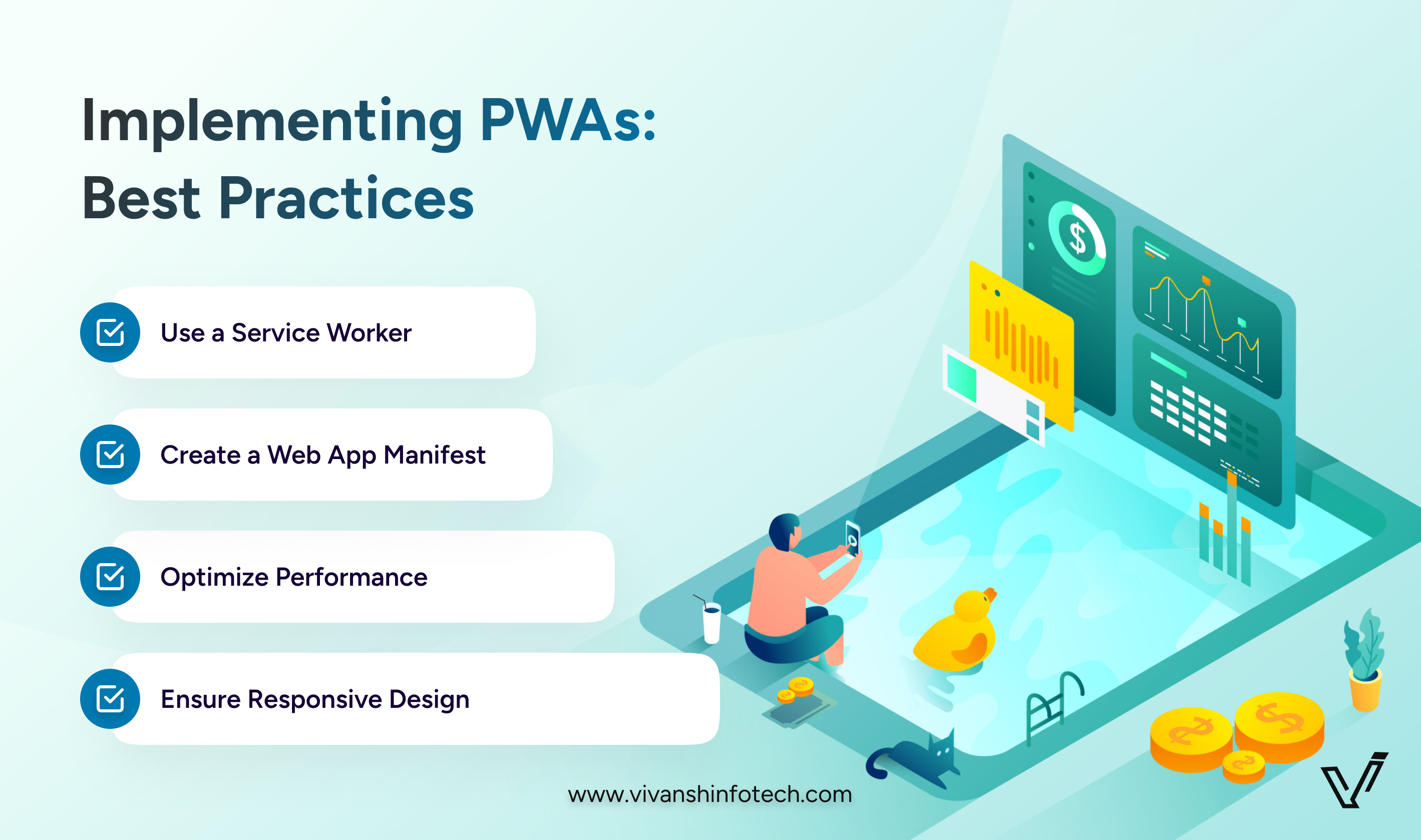The Power of Progressive Web Apps (PWA) for Modern Websites
30 Jul 2024

The Power of Progressive Web Apps (PWA) for Modern Websites
In an era where user experience is paramount, Progressive Web Apps (PWAs) have emerged as a game-changer for websites aiming to offer seamless, high-performance experiences. Combining the best of web and mobile app features, PWAs provide an engaging, reliable, and fast user experience. Let's delve into what makes PWAs stand out and why they might be the perfect solution for your next web project.What is a PWA?
A progressive web app (PWA) is an application software that is delivered and accessed through the web, utilizing widely-used web technologies for its development. PWAs are designed to work on any platform with a standards-compliant browser, but they offer features typically associated with native mobile apps. These features include offline access, push notifications, and the ability to install the app on a user's home screen.Key Benefits of PWAs
-
1. Improved Performance:PWAs utilize service workers to cache assets and content, ensuring that users experience fast loading times and reliable performance, even with unstable network connections. This can result in reduced bounce rates and increased user satisfaction.
-
2. Offline Access:One of the standout features of PWAs is their ability to work offline or on low-quality networks. By caching important content, users can access your app's core functionality without an active internet connection.
-
3. App-Like Experience:PWAs provide a native app-like experience directly from the browser. They support features such as full-screen modes, smooth animations, and interactions that are reminiscent of native applications.
-
4. Easy Installation:Users can install a PWA directly from their browser, and it will appear on their home screen, offering easy access without needing to go through an app store.
-
5. Push Notifications:PWAs can send push notifications to users, keeping them engaged with timely updates, promotions, or important information, similar to native mobile apps..

Implementing PWAs: Best Practices:
-
1. Use a Service Worker:Implement a service worker to manage caching and offline functionality. This script runs in the background and allows your PWA to serve content even when offline.
-
2. Create a Web App Manifest:This JSON file defines how your PWA appears when installed on a user’s device. It includes details like the app's name, icon, theme color, and display settings.
-
3. Optimize Performance:Focus on optimizing load times and performance. Use techniques like lazy loading, code splitting, and efficient caching strategies to ensure a smooth experience.
-
4. Ensure Responsive Design:Design your PWA to be responsive and adaptable to various screen sizes and orientations. This will ensure a consistent experience on every device.
Future of PWAs
As web technology continues to evolve, PWAs are expected to become even more powerful and versatile. With ongoing advancements in web standards and browser capabilities, PWAs will offer even more features and integrations, further bridging the gap between web and mobile apps. Embracing PWAs now positions you at the forefront of this technological shift, ready to leverage their full potential.Conclusion
Progressive Web Apps represent a significant evolution in web development, combining the advantages of traditional web pages and native apps. By offering enhanced performance, offline capabilities, and a native app-like experience, PWAs can provide users with a superior experience and drive greater engagement. As web technology continues to advance, embracing PWAs could be a strategic move for businesses looking to stay ahead in a competitive digital landscape.If you're considering implementing a PWA for your website, explore the possibilities and see how this innovative technology can elevate your user experience and streamline your development process







